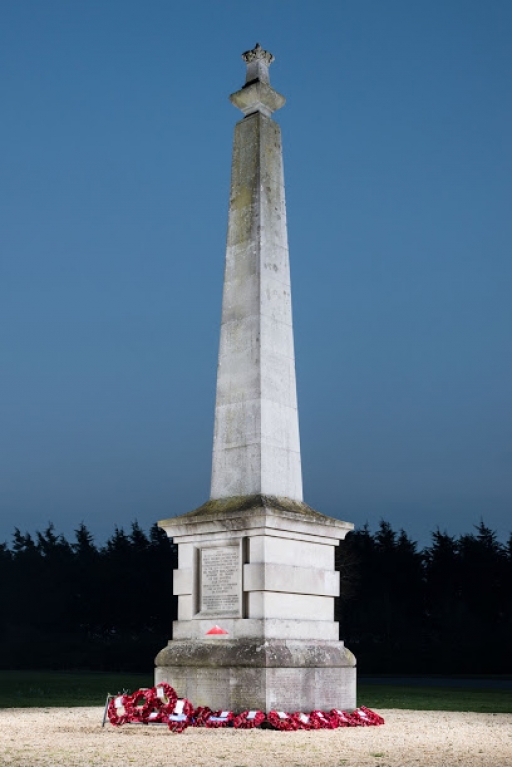Several war memorials associated with the Gallipoli campaign have been given additional protected status in England.
The monuments in Warwickshire, Greater Manchester and Kent have been listed, or had their listing upgraded, to mark the 100th anniversary of the 1915 campaign in Turkey.
Conservationists Historic England (formerly English Heritage) say the move is part of a scheme to list up to 2,500 memorials for the First World War Centenary.
Among them is the memorial to the 29th Division at Stretton-on-Dunsmore, between Rugby and Coventry.
It marks the spot where King George V reviewed the men of the 29th Division in 1915 before they embarked for Gallipoli and the landing at Cape Helles where they suffered heavy losses (see Centenary News – March 31st 2015)
Public conservation body Historic England, describes it as ‘probably the most significant single memorial in Britain linked to the Gallipoli campaign.’
The latest listings also include
St George’s Church War Memorial Cross in Deal, Kent: This was originally a private family memorial to two sons, one of whom, Arthur Tisdall, was killed at Gallipoli. Later it was decided to add the names of other men from the parish who died as the war progressed.
Sub-Lieutenant Arthur Tisdall, who was in command of 13 Platoon, D Company, Anson Battalion, was awarded a Victoria Cross for his repeated efforts to rescue wounded soldiers who were pinned down on the beach by Turkish machine gun fire.
The Lancashire Fusiliers memorial, in Gallipoli Gardens, Bury, Greater Manchester: The monument has been upgraded for its ‘strong cultural and historic significance, notably as a reminder of the heavy losses of Bury men who served in the Lancashire Fusiliers in the Gallipoli campaign.’
Its designer was Sir Edwin Lutyens, the renowned British architect who also responsible for many of the Commonwealth war cemeteries and the Cenotaph in London. Lutyens was personally connected to the Lancashire Fusiliers through his father and uncle.
Historic England says of the three monuments: “They have been listed by the Government as part of a Historic England scheme to list up 2,500 war memorials over the next five years to mark the centenary of the First World War.
“Built in the years following the conflict, war memorials are a poignant, physical reminder of the sacrifices and loss the First World War brought about.”
Listing gives the memorials added protection from demolition or alteration in the future.
Information & images supplied by Historic England
Posted by: Peter Alhadeff, Centenary News
